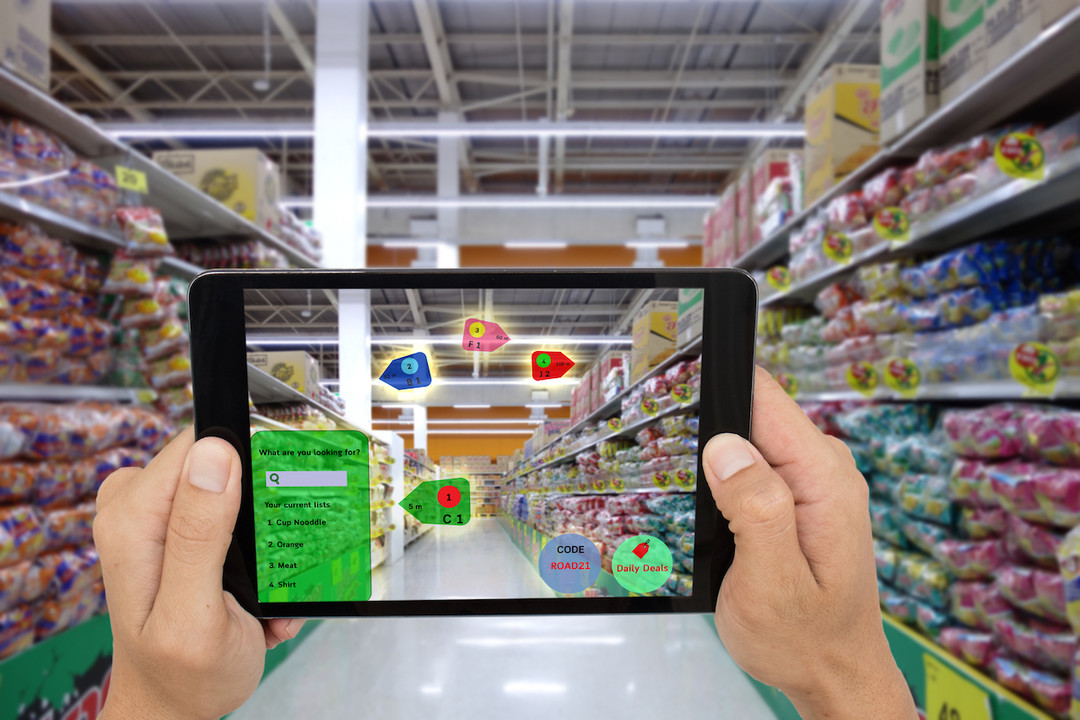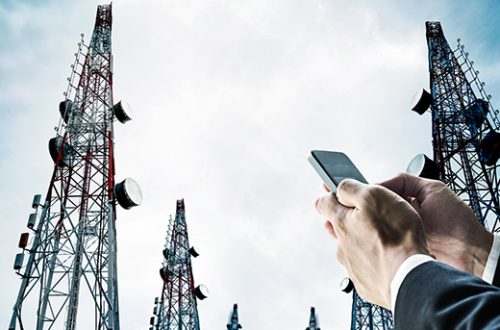As we move toward 2025, the retail industry stands on the precipice of profound transformation. The rapid acceleration of technological advancements, changing consumer expectations, and evolving market dynamics have created a retail landscape that is unrecognizable compared to just a few years ago. Retailers are increasingly looking for innovative tools and strategies to stay competitive, engage customers, and deliver exceptional experiences. From AI-powered solutions to cutting-edge in-store technology, the tools shaping the future of retail are not only enhancing operational efficiency but also redefining the customer journey.
Here’s a deep dive into some of the most promising emerging tools set to revolutionize retail by 2025.
1. Artificial Intelligence and Machine Learning
Artificial Intelligence (AI) has already made its mark on the retail industry, but by 2025, its role will expand exponentially. Machine learning algorithms are becoming more sophisticated, enabling retailers to offer personalized experiences that feel intuitive and seamless.
For example, AI-powered recommendation systems can analyze customer behavior, preferences, and purchase history to provide hyper-targeted product suggestions. This kind of personalization boosts sales, enhances the shopping experience, and fosters customer loyalty. In addition, AI will play an increasingly crucial role in inventory management. Predictive analytics can forecast demand with greater accuracy, helping retailers maintain optimal stock levels, reduce waste, and prevent stockouts.
Another area where AI will make an impact is in customer service. AI-driven chatbots and virtual assistants are already streamlining customer support, but in the future, these systems will be even more intelligent and capable of resolving complex inquiries, improving efficiency, and reducing the need for human intervention.
2. Augmented Reality (AR) and Virtual Reality (VR)
AR and VR are transforming the way consumers interact with products, and their potential in retail is vast. Augmented Reality, in particular, allows shoppers to visualize products in their own space before making a purchase. Whether it’s furniture, clothing, or makeup, AR enables customers to see how items will look in real-time through their smartphones or AR glasses. This type of immersive experience helps remove the uncertainty that often comes with online shopping and boosts confidence in purchasing decisions.
For example, companies like IKEA have already pioneered AR tools that allow customers to visualize how furniture will fit in their homes. In the coming years, we expect more retailers to integrate AR features into their apps and websites, making shopping more interactive and engaging.
Virtual Reality, on the other hand, is creating fully immersive shopping experiences. VR allows customers to explore virtual stores, try on products in a digital environment, and interact with the brand in entirely new ways. While still in its infancy, VR-powered showrooms and experiential retail spaces are expected to become mainstream by 2025, offering shoppers a completely novel and captivating way to browse and buy.
3. Smart Shelving and Digital Price Tags
As retailers look for ways to optimize in-store experiences, smart shelving and digital price tags are emerging as powerful tools. These technologies combine IoT (Internet of Things) sensors with dynamic pricing to improve the shopping experience for consumers while offering valuable operational insights to businesses.
Smart shelves, embedded with weight sensors and RFID (Radio Frequency Identification) tags, can track inventory in real-time and alert staff when stock is low or misplaced. This not only streamlines inventory management but also reduces the likelihood of out-of-stock items, ensuring a smoother shopping experience for customers.
Digital price tags, meanwhile, are set to replace traditional paper tags, enabling real-time price updates across all store locations. This is particularly useful during sales events, when prices fluctuate frequently. Dynamic pricing, powered by AI, will also allow stores to adjust prices based on factors such as demand, competition, and customer behavior, optimizing profit margins and enhancing customer satisfaction.
4. Checkout-Free Shopping
The concept of checkout-free shopping, made famous by Amazon Go, is rapidly gaining traction and is set to become a standard feature in retail by 2025. Using a combination of sensors, cameras, and AI, checkout-free stores allow customers to simply pick up items and leave without needing to go through a traditional checkout process.
This frictionless experience is highly appealing to consumers who value convenience and speed. Instead of waiting in line to pay, customers can simply grab what they need and be charged automatically through their mobile devices or digital wallets. For retailers, the technology reduces operational costs, improves store efficiency, and enhances the overall customer experience. As the technology continues to evolve, more retailers are expected to adopt this approach, making it a key part of the future retail landscape.
5. Robotic Automation
Robotic automation is another transformative tool that is poised to reshape retail operations by 2025. From stocking shelves to assisting customers, robots are becoming increasingly capable and integrated into retail environments. In warehouses, robots can optimize inventory management, moving products faster and more efficiently than humans.
In-store, robots are already being used for tasks like cleaning, shelf scanning, and even delivering products to customers. For instance, robots can scan shelves to ensure that products are correctly stocked and that prices are accurate. This level of automation allows staff to focus on higher-value tasks like customer service, while robots handle the repetitive, labor-intensive chores.
Additionally, autonomous delivery robots and drones are being tested in certain areas for last-mile delivery, which could revolutionize how retailers fulfill online orders. With the continued development of these technologies, robots are expected to play an even more prominent role in retail operations by 2025, boosting efficiency and enhancing the customer experience.
6. Blockchain for Transparency and Security
Blockchain technology, known for its association with cryptocurrencies, is now being explored for a variety of applications in retail. In particular, blockchain offers the potential to improve transparency, traceability, and security in the supply chain.
Retailers can use blockchain to track the origin and journey of products from supplier to shelf, providing consumers with verifiable proof of authenticity and ethical sourcing. This is particularly valuable in industries like luxury goods, fashion, and food, where consumers are increasingly concerned about sustainability and fair trade practices.
Furthermore, blockchain can also enhance the security of transactions, making it harder for fraudsters to manipulate payment systems or steal customer data. With its decentralized, immutable nature, blockchain technology ensures that customer transactions and product information are securely stored, which could become an essential feature of retail systems by 2025.
7. Voice Commerce and Voice Search
Voice commerce, powered by virtual assistants like Amazon’s Alexa, Google Assistant, and Apple’s Siri, is another tool expected to significantly shape retail by 2025. Consumers are increasingly using voice search to discover products, check prices, and make purchases. Retailers are responding by optimizing their online stores for voice search, making it easier for customers to find what they need using only their voice.
By 2025, voice-enabled shopping will likely become even more integrated into the retail experience. Whether customers are ordering groceries while cooking, shopping for clothing on the go, or making spontaneous purchases through smart speakers, voice commerce promises to be an increasingly important part of the retail landscape. Retailers will need to invest in voice search optimization, as well as consider how to create seamless voice-driven shopping experiences that drive sales.
8. Sustainability-Focused Technologies
As environmental concerns become more urgent, sustainability-focused technologies will play a vital role in retail innovation by 2025. Consumers are becoming more conscious of the environmental impact of their purchases, and they expect retailers to offer sustainable alternatives. Technologies such as eco-friendly packaging, energy-efficient in-store systems, and supply chain traceability will become increasingly important in helping retailers meet these expectations.
Additionally, sustainable retail platforms that allow customers to resell, recycle, or rent products are gaining traction. This circular economy model is expected to be a central component of the retail experience in the future, as more consumers seek to reduce waste and make more sustainable purchasing decisions.
Conclusion
The retail industry is on the cusp of major transformation as we approach 2025, driven by innovative tools and technologies that are reshaping the way businesses engage with customers, streamline operations, and deliver value. From AI-driven personalization to blockchain-enhanced transparency, the tools that will define retail in the coming years promise to improve efficiency, foster stronger customer relationships, and elevate the overall shopping experience. Retailers that embrace these innovations will not only remain competitive but also position themselves as leaders in the evolving retail landscape. As technology continues to evolve, the future of retail is poised to be more dynamic, seamless, and customer-centric than ever before.






